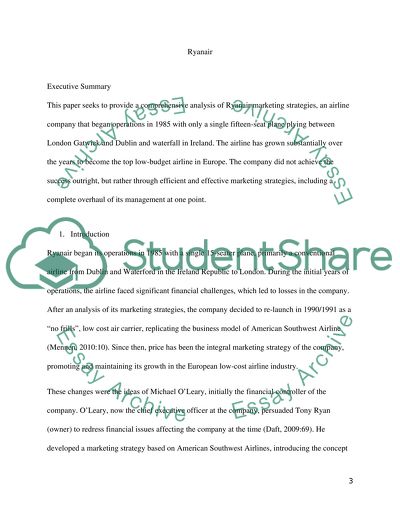Cite this document
(“Ryanair marketing strategies Essay Example | Topics and Well Written Essays - 2500 words”, n.d.)
Retrieved from https://studentshare.org/marketing/1396106-ryanair-marketing-strategies
Retrieved from https://studentshare.org/marketing/1396106-ryanair-marketing-strategies
(Ryanair Marketing Strategies Essay Example | Topics and Well Written Essays - 2500 Words)
https://studentshare.org/marketing/1396106-ryanair-marketing-strategies.
https://studentshare.org/marketing/1396106-ryanair-marketing-strategies.
“Ryanair Marketing Strategies Essay Example | Topics and Well Written Essays - 2500 Words”, n.d. https://studentshare.org/marketing/1396106-ryanair-marketing-strategies.


